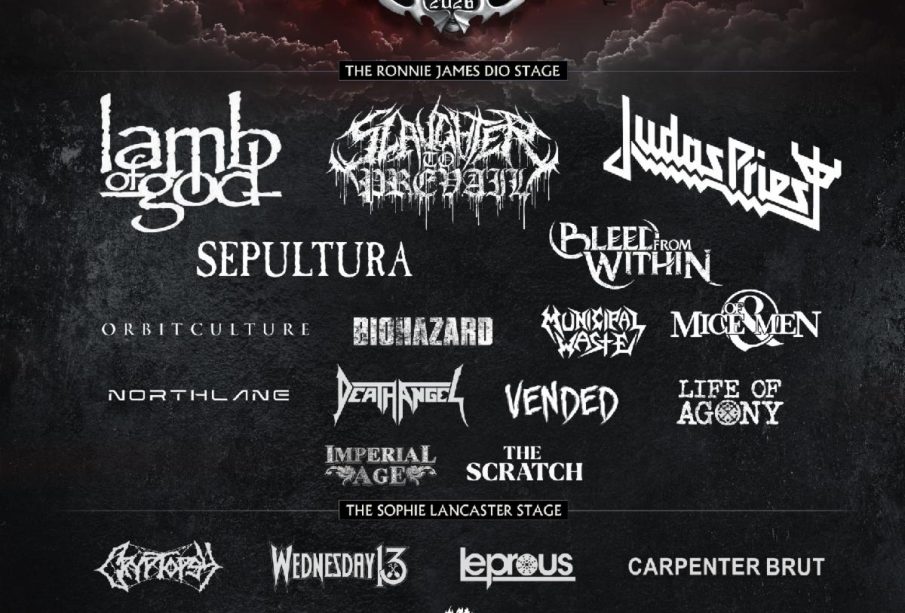The Future of Bloodstock: Predictions for 2026

Understanding Bloodstock and Its Importance
Bloodstock, referring to horses bred for racing and breeding purposes, plays a vital role in the equestrian and racing industry. As we look towards 2026, understanding the future of bloodstock is essential for stakeholders in horse racing, breeders, and investors. The health and potential profitability of bloodstock are influenced by various factors, including market dynamics, breeding technologies, and welfare standards.
Current Trends in Bloodstock
The current bloodstock market is experiencing significant trends that will likely have lasting implications. The rise of genetic testing and advanced breeding technologies is reshaping how racehorses are bred. These developments enable breeders to make more informed choices, ultimately enhancing racehorse performance and health.
Moreover, as the global interest in horse racing continues to rise, markets in Asia, particularly in China and Japan, are seeing increased investment in bloodstock. Reports suggest that this trend will only intensify as countries seek to establish their own racing identities, leading to a more competitive bloodstock marketplace.
The Economic Landscape of Bloodstock by 2026
The economic factors influencing the bloodstock market are also worth considering. The financial implications of the COVID-19 pandemic have triggered dramatic shifts in the racing and breeding industries. However, as recovery continues, experts predict a rebound in investment levels, particularly in high-quality bloodstock. The potential for improved returns on investment will fuel interest amongst both new and seasoned investors.
Moreover, the integration of technology into the sales and management of racing horses, such as online auctions and digital catalogues, is expected to enhance market accessibility and transparency. This development may draw in a wider audience of both buyers and sellers, ultimately benefiting the industry at large.
Conclusions and Future Outlook
Looking ahead, the bloodstock industry in 2026 is poised for growth through advancements in technology, increasing global interest, and a recovering economy. The focus on genetics and welfare will likely define breeding practices in the coming years, ensuring that the health and performance of horses remain a priority. For those involved in the bloodstock market, staying informed about these trends and adapting to changes will be crucial in navigating this evolving landscape.








